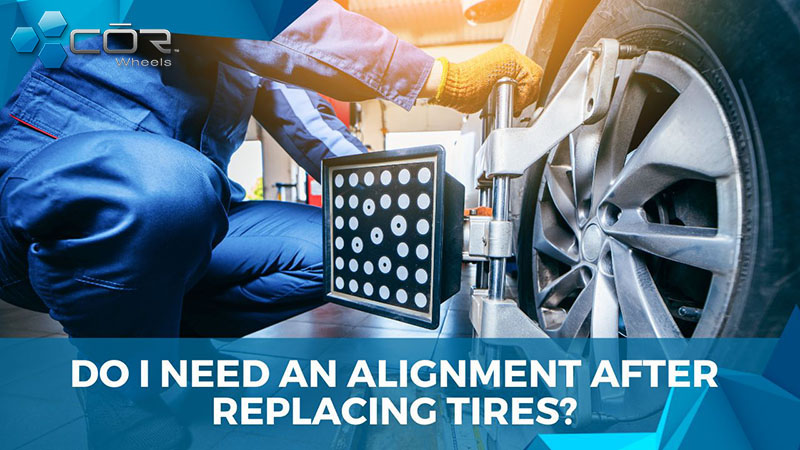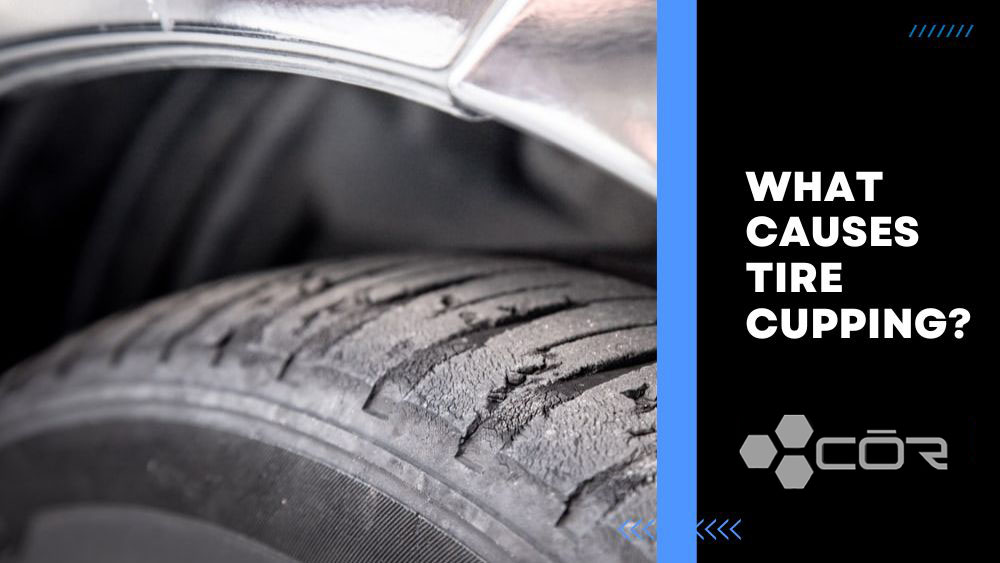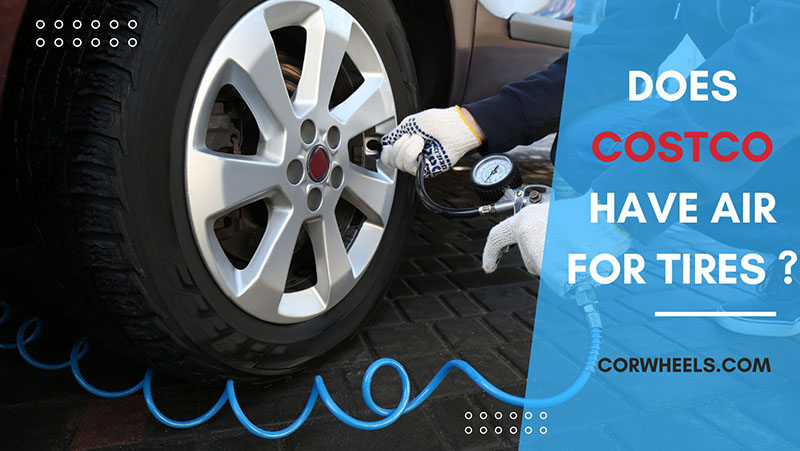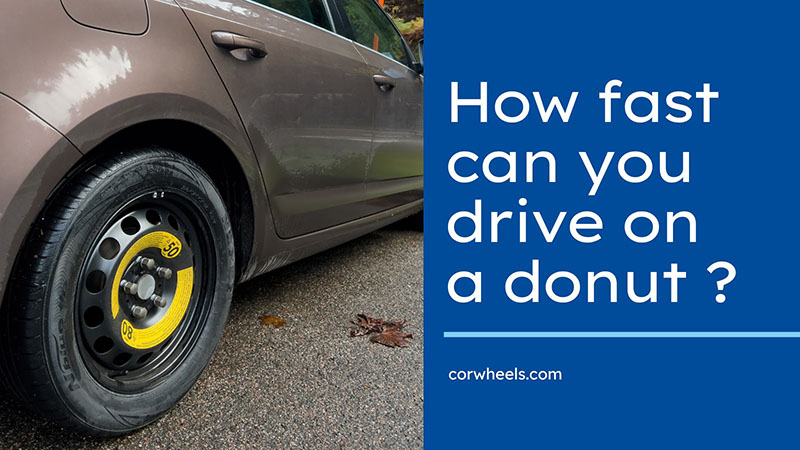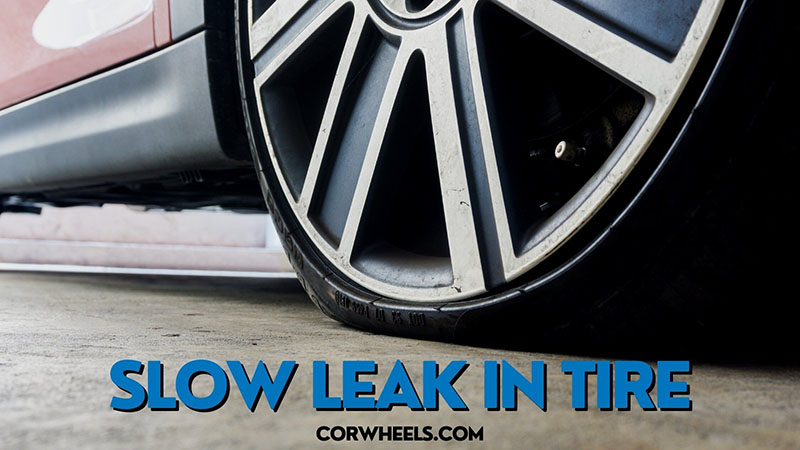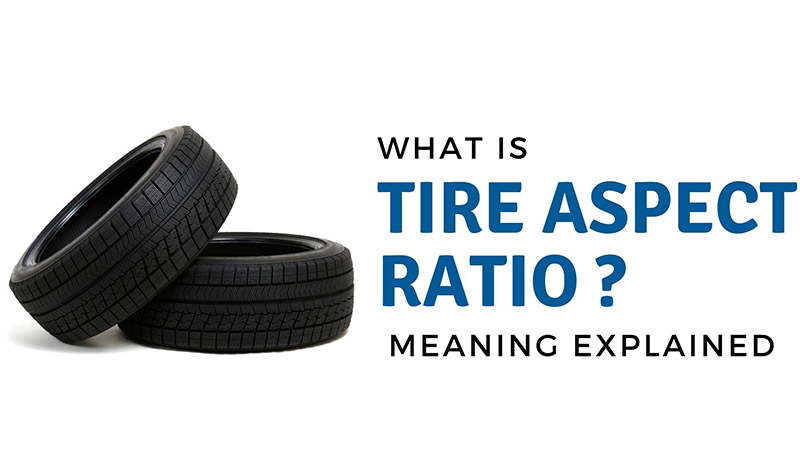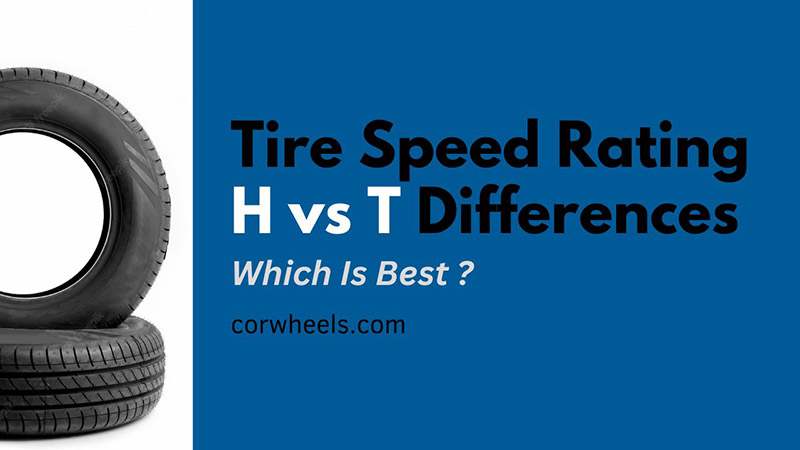What is car alignment? Simply put, this service covers suspension and steering adjustment to ensure smooth and straight movement of your vehicle.
However, car owners often pay attention to the periodic schedule but ignore some special cases that require the same care, for example, after tire replacement. Scroll down to find the detailed alignment issues.
In this article:
Do You Need An Alignment After Replacing The Tires?
Yes. A four-wheel alignment is not compulsory every time you install a new tire, but professionals recommend it. So what does wheel alignment do?
The most outstanding benefits are keeping drivers from poor control and prolonging their tire life. This service provides a perfect angle adjustment between the wheels, other driving components, and the road surface.
Though this vehicle maintenance costs you some money, it is a long-term investment. As mentioned above, it provides seamless coordination between internal parts, thus minimizing the degree of wear and risk of damage.
Also, proper wheel alignment helps cut your gas consumption by a large amount. According to Investopedia research, misaligned tires reduce fuel economy by about 10% as they stagnate instead of rolling.
How To Align The Wheel Yourself After Replacing Tires?
Most car owners have their car aligned at the shop right after changing the tires. However, it is simple to DIY and save some bucks with a detailed tutorial below.
- Step 1: Check for the PSI of the tire, which you can find on a sticker on the driver’s door. (Or just search it on Google)
- Step 2: Place pieces of cardboard underneath the new tire and its opposite one. Otherwise, stack cardboard on a flat surface and then drive your car to the designated area.
- Step 3: Rotate the steering wheel until it reaches the center position.
- Step 4: Tie a rope between the two step stools so that it extends past the tire center but remains a one-inch gap away from the vehicle. Repeat this action for the other side.
- Step 5: Measure between the step stools in front and back to keep an equal distance.
- Step 6: Use a tape measure to calculate the distance from the front and back of the rim to the rope. The ideal condition is the tire’s back going out 1/16 inch compared to the front.
- Step 7: If you adjust the right wheel, turn the steering to the left. Loosen the nut, turn the tie rod a quarter, and reinstall as original.
- Step 8: Position the steering wheel one more time and re-measure the rim distances and alter the tire rod if needed (perhaps making a full turn instead of a quarter).
When Do You Need An Alignment? Apparent Signs
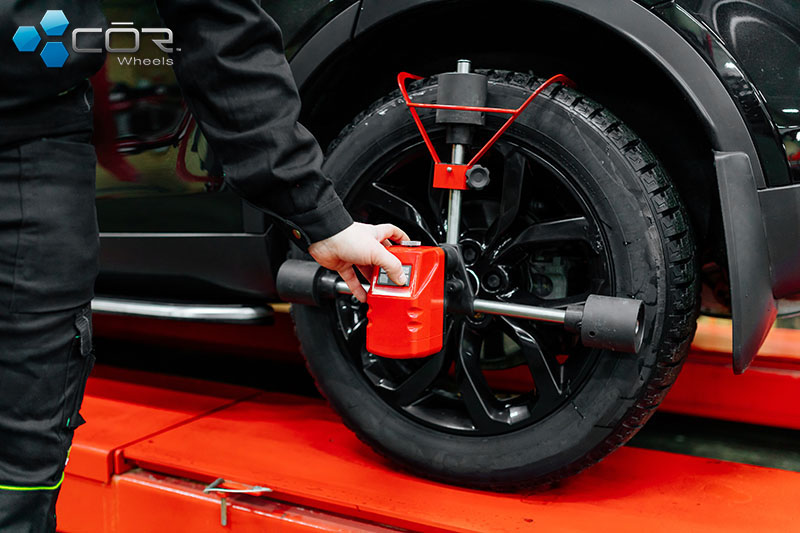
Uneven Wear Of Tires
Of course, every tire wears out after a certain distance, usually 36,000 miles. If the damage arrives faster than expected, it is recommended for an alignment check.
One of the most noticeable signs is that the camber is no longer in its proper place, so wear is happening on the inside or spreading outward.
After Suspension Replacement
As noted above, tire alignment impacts the suspension. Hence, replacing any part of this system requires alignment service as the tire angle suffers from minor changes. If you do the new installation at the garage, ask for an extra check to ensure accuracy.
Vibration And Noise
Do you experience shaking when steering? If so, bring your vehicle in for an alignment. You may also capture an excessive noise from the engine or a strange hum when making a turn.
Unfortunately, all of these signal a heavier loss inside. It is best to ask an auto technician to inspect the steering parts thoroughly before maintenance.
Off-Center Steering Wheel
Your steering wheel should always be in the center position. Once your vehicle hooks to the side with ease and you has to grip the steering wheel to keep the vehicle on the track, you should perform the alignment.
You can carry on an easy test to check for this situation on flat, deserted roads. Start at 30 mph and let the car move in a straight line. Try taking your hands off the wheel to see where the vehicle is going.
If the wheels shift to the other side even when you do not steer, a visit to a reputable tire shop is necessary.
After Accidents
A collision, regardless of external influences on your vehicle, can cause a misalignment. Pay attention to your car after exiting potholes or hitting the curb. It is time for an alignment check as soon as you notice one of the abovementioned signs.
FAQs
How Often Do You Get Your Car Aligned?
Even if your vehicle does not suffer from the signs of poor operation listed above, have four wheels aligned 1-2 times per year. Check out your car manual for the best period.
Do I Have To Align All Four Wheels At One Go?
Yes, you should. Most technicians recommend that owners align all four wheels when they bring their cars to the automotive shops. Modern vehicles with solid rear axles may require an alignment for only the front wheels and an inspection for two rear tires.
What Is Involved In Alignment Service?
When you pay for this service, you can expect thorough work in three main departments: camber, toe, and caster.
How Long Does The Alignment Take?
A vehicle alignment session can take about an hour or more, depending on your vehicle type. It is best to book an appointment before your visit to avoid wasting time waiting.
Conclusion
The market now offers two main services for car owners: manual and digital alignment. The second option costs more, but you get top-notch upkeep.
High-tech equipment records all parameters, which reports accurate information to the experienced tire technician. As a result, your vehicle promises long-term efficiency.
See more: Does Costco Tire Center Do Alignments?

